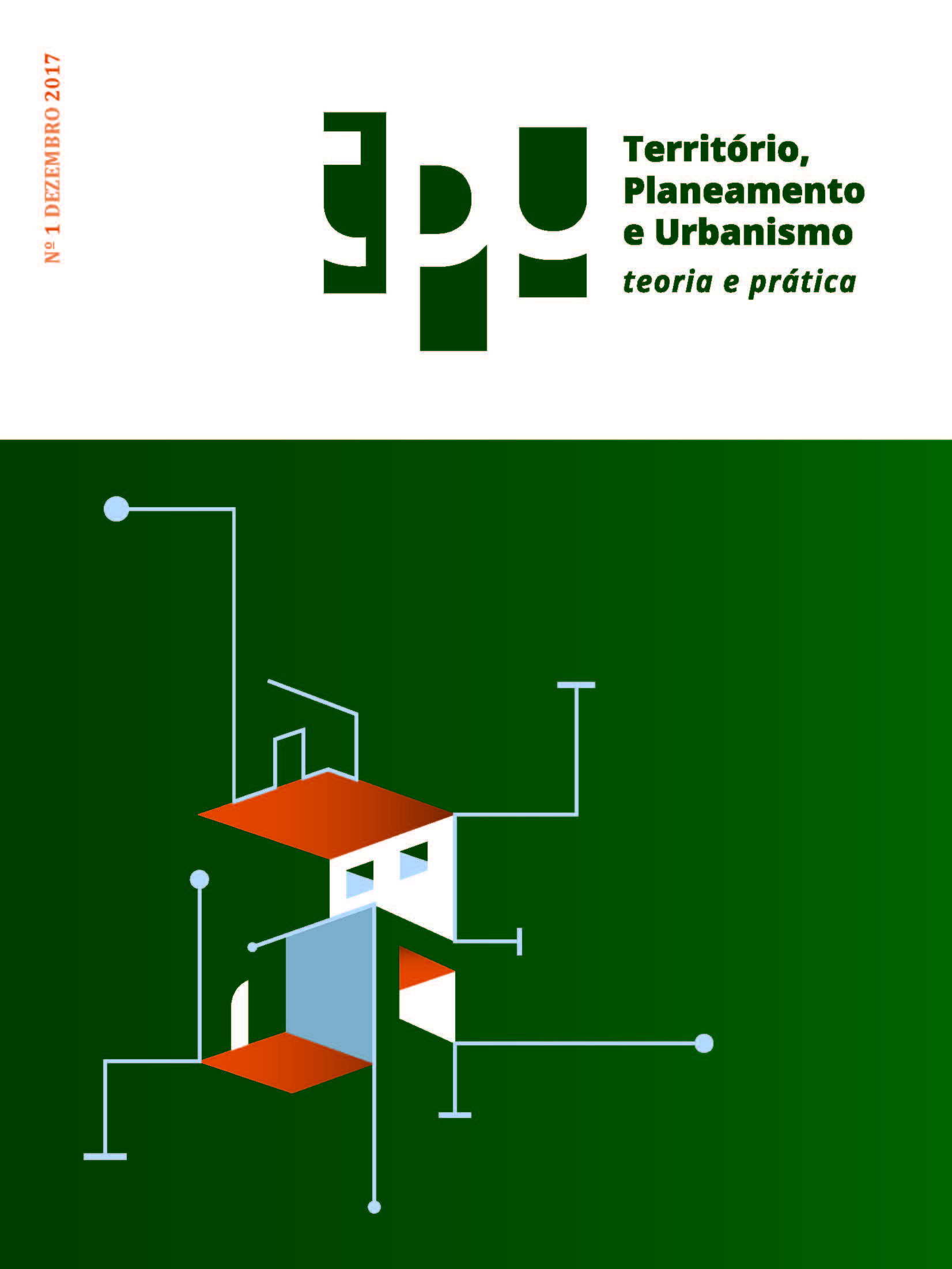Financeirização na cidade: como gerir necessidades locais e interesses dos mercados globais?
Abstract
The article discusses the process of financialization of the city, associated with the liberalization of the circulation of capital and the deregulation of the financial system since the 1980s. The contrary in the real estate sector causes changes in the structure of the city, through: urban regeneration mega-projects, occasional urban regeneration operations, intensive urbanization and its extension, privatization or the contractualization of social reproduction functions. Interventions, focused on the rapid accumulation of capital gains, accentuate socio-spatial segregation. Portugal is particularly influenced by the logics of neoliberal urban development. Underpinned by territorial planning and other sectoral public policies (in particular the massive infrastructure of the territory and the policy of home ownership), urban growth is supported by extensive expansion and urban regeneration operations, along with the degradation and abandonment of housing in consolidated urban areas (with underutilization of infrastructures and an increase in empty housing). Capital reproduction takes place in three ways: the classification and qualification of the soil on which the zoning is based, the policy to support home ownership and massive public infrastructure financed by structural funds. The persistence of this model, increasingly disconnected from local socio-economic dynamics, generates a supply of urban land, infrastructure networks and housing far greater than effective demand. The crisis that began in 2008, indissociable from "real estate bubbles", emphasizes the over-sizing of the urban and the problems associated with housing credit (banks have lost liquidity, many debtors are forced to give up their property through foreclosures). The excess of urban areas, the scarcity of public resources and the expected demographic decline for the coming decades require a rethinking of urban planning. Traditionally geared to working in contexts of demographic and economic growth, it now has to act in a restrictive framework and manage "urban waste". The paradigm changes are necessary, and some priority lines of action are pointed out.
References
Brenner, N. et al. (2015). Urbanismo neoliberal. La ciudad y el imperio de los mercados in Observatorio Metropolitano de Madrid (ed.) El mercado contra la ciudad. Sobre globalización, gentrificación y políticas urbanas. Madrid: Edición Trafcantes de Sueños.
Campos, V; Catita, A.; Pinho, A.; Vilares, E. (2012). A programação estratégica e operacional na nova geração de Planos Directores Municipais, Encontro Anual da Ad Urbem 2012 – A Programação na Gestão Territorial.
Fernández de Córdoba, M. (2014). Introducción a la teoría de la planificación territorial. Sevilha: Universidad de Sevilla.
Gafney, M. (2009). After de Crash: Designing a Depression–Free Economy. Chichester: Wiley-Blackwell.
Harvey, D. (2005). A Brief History of Neoliberalism. Oxford: Oxford University Press.
Herce, M. (2013). El negocio del territorio. Evolución y perspectivas de la ciudad moderna. Madrid: Alianza Editorial.
Mendes, M.F.; Rosa, M.J.V. (2012). Projeções 2030 e o Futuro. Lisboa: FFMS.
Nel-lo, O. (2015). La Ciudad en Movimiento. Madrid: Díaz & Pons Editores.
Pereira, M.; Pato, I. (2014). Problemas de habitación en el cuadro recesivo tras en Portugal y España, Ciudad y Territorio. Estudios Territoriales, Vol. XLVI, (verano), pp. 291-305.
Sassen, S. (2016) The Global City: Enabling Economic Intermediation and Bearing Its Costs, City & Community 15:2 ,June, 97-108 doi: 10.1111/cico.12175.
Swyngedouw, E. et al. (2002). Neoliberal Urbanization in Europe: Large-Scale Urban Development Projects and the New Urban Policy, Antipode, vol. 34, Issue 3, july, pp. 542-577.

